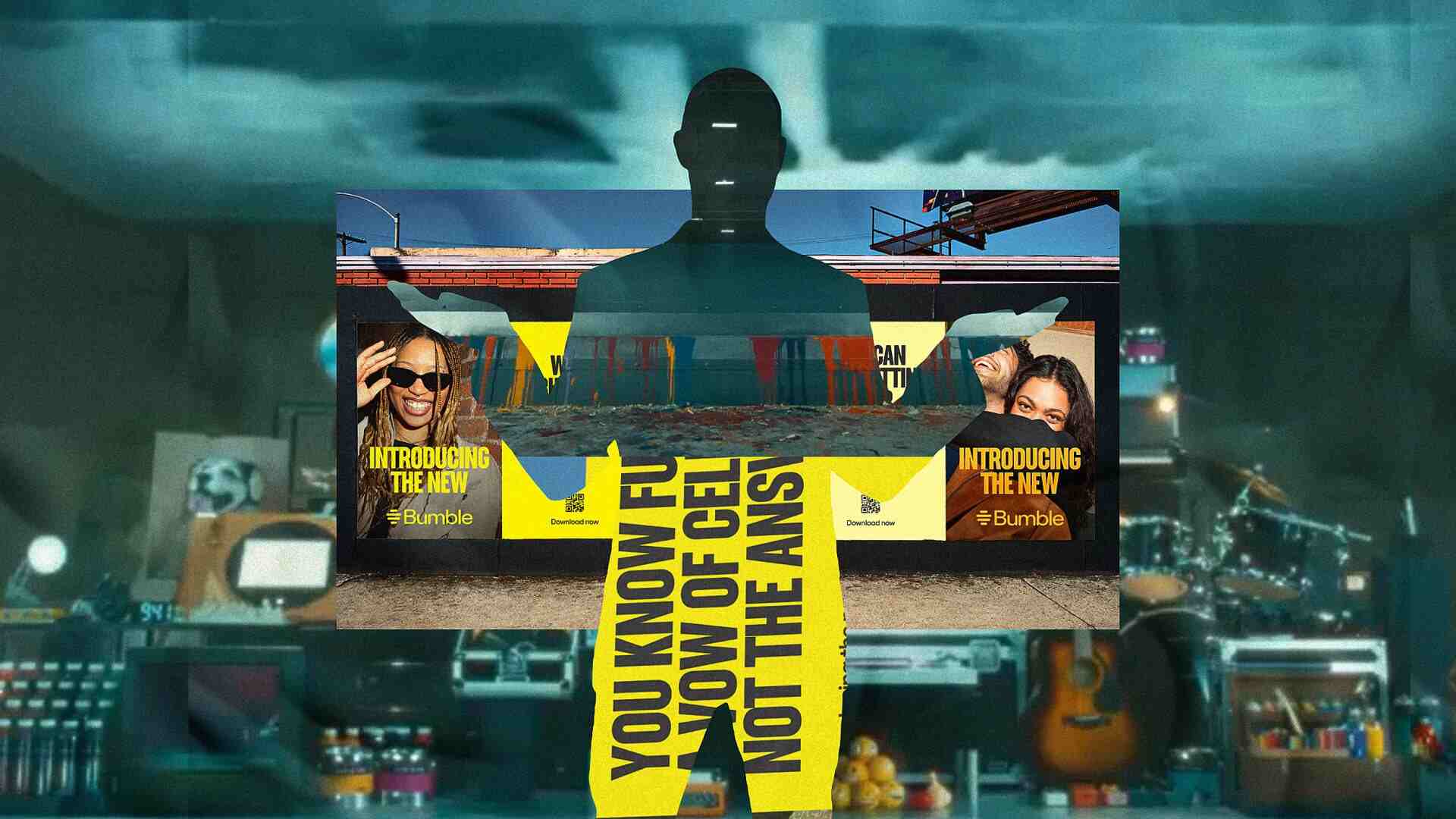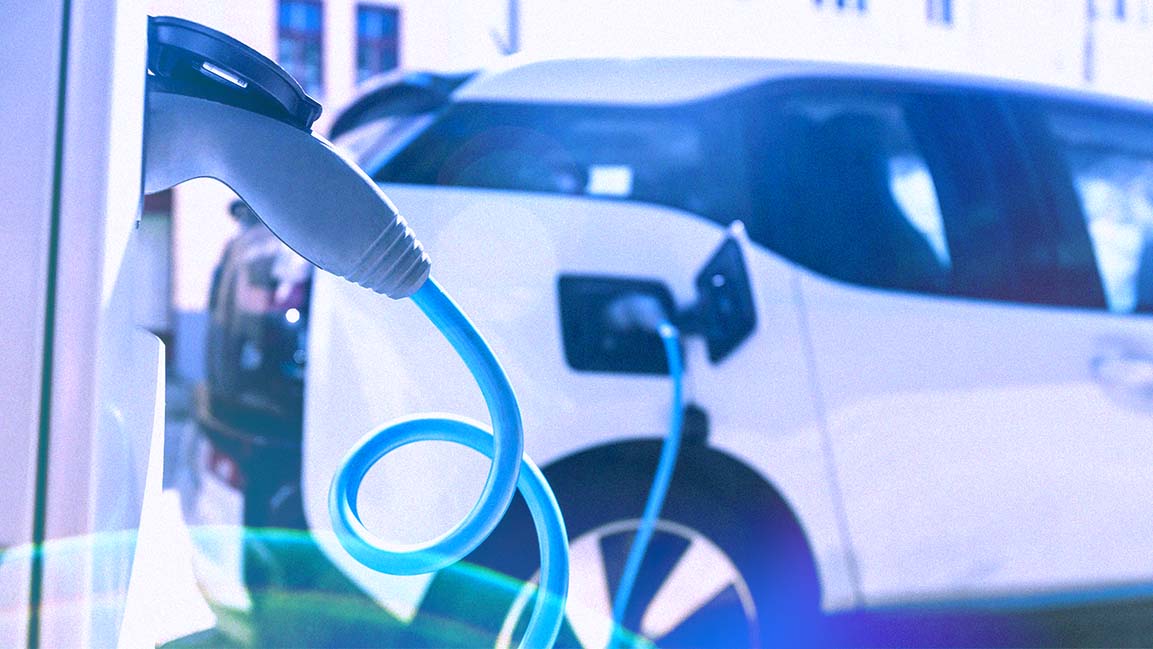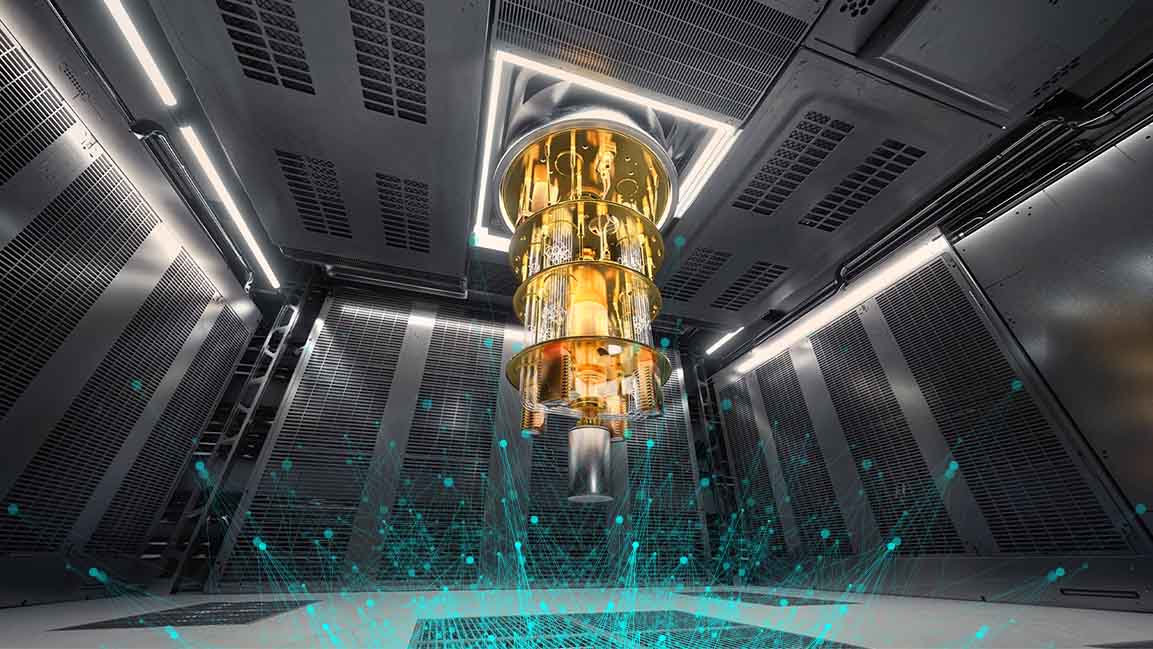- | 9:00 am
This transparent submarine could revolutionize underwater exploration
The design of the $6.35 million sub is so radical, it couldn’t have existed five years ago.
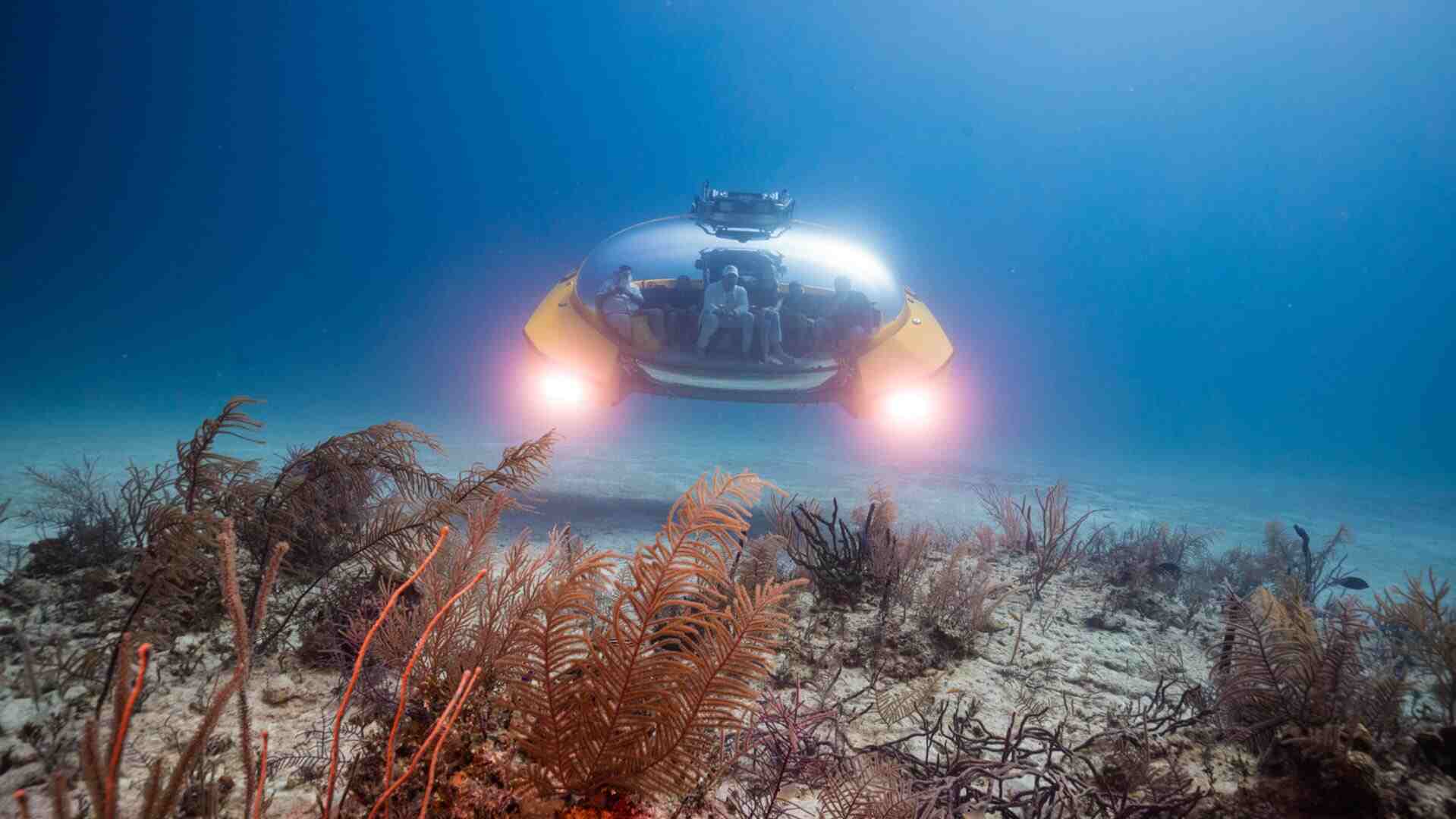
This is the Triton 660/9 AVA, the first completely transparent submersible that offers a 360-degree view of the sea. While its manufacturer offers other, more-conventional, submarines with large windows, they are nothing like this vehicle. With its huge, flat-bubble-shaped cockpit held by two curved yellow structures, it looks more like a sci-fi spaceship than a submarine. In fact, I believe it radically changes our idea of what a submarine is.

The giant bubble holds up to nine passengers who can experience the magic of the ocean as they descend to a maximum depth of 656 feet. As Patrick Lahey—CEO and cofounder of Florida-based Triton Submarines—tells me over email: “When you dive in this submersible, it will change the way you think and feel about the ocean forever.”
Being a diver myself, I can fully understand the appeal of having such an unencumbered view of coral reefs and marine life within the safety of a completely transparent bubble. But starting at $6.35 million per unit, it better make you feel like Captain Jacques Cousteau eating lobsters high on LSD.
In terms of passenger capacity, comfort, reliability, and diving depth, it is really a revolution in the submarine world. Cousteau pioneered submersibles with his “diving saucer,” a design he created with engineer Jean Mollard at the French Center for Undersea Research. According to the Cousteau organization, Denise—as it was called—was the very first underwater vehicle designed for scientific exploration. Denise was similar to the Triton 660/9 AVA in spirit and shape, but was much, much smaller at 3.8 tonnes of displacement. It was so tiny that its two occupants had to lie down to use it, fully stretched on mattresses so they could fit inside its hull. They could watch the sea only through two tiny ports about the size of a fist at a maximum depth of 1,150 feet for roughly four to five hours.
The Triton 660/9 AVA, on the other hand, is much larger. It displaces about 11 tons, and it is designed for 12 hours of continuous underwater operation. Its most striking feature is its Advanced Versatile Acrylics (AVA) technology, a uniquely designed pressure hull that offers three times the interior volume of traditional double-hull submersibles of similar size. According to the company, the technology not only improves its passengers’ vision but also increases their safety, thanks to how its flat-bubble shape distributes the water pressure, which can reach up to 20 atmospheres at its maximum depth. This design allows for 360-degree panoramic views from a large cabin in which you can lie back comfortably.

The first Triton 660 unit left the company factory last month on its way to Scenic Luxury Cruises & Tours, a company dedicated to offering high-end luxury cruises. The company christened it Scenic Neptune and it will sail on board the Scenic Eclipse II, a luxurious ship that travels to multiple destinations around the planet. According to Lahey, two more units have shipped to private owners who will use it on their yachts. All Triton Submarines submersibles, he says, are built to order.
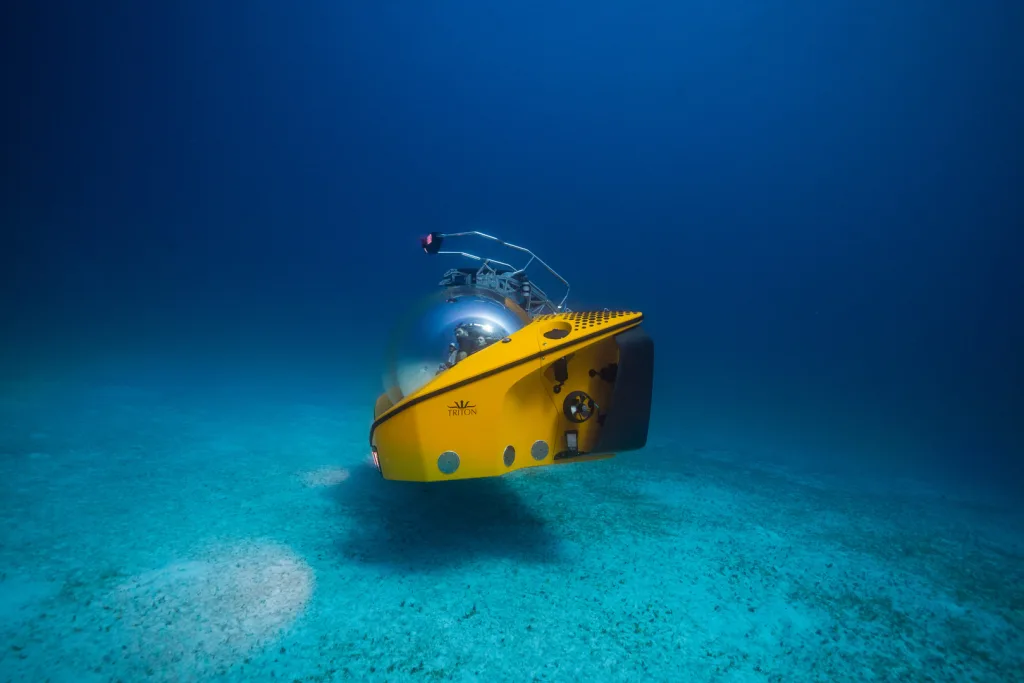
THE SPECTER OF THE TITAN
Luxury submersibles bring to mind the Titan disaster, but while OceanGate was a startup with an obvious disregard for safety, the team at Triton Submarines—who have been making submarines for professional and leisure uses for more than a decade now—believe that safety is the most important point of the Triton 660/9 AVA and the rest of its subs. Lahey tells me that all Triton submersibles are fully certified by independent third-party agencies, ensuring they comply with an internationally recognized set of regulations for underwater vessels. “It is the best way to guarantee they are safe and can be used with total confidence,” he says.
The safety certification is embedded in each step of the manufacturing process. Each submersible is made of thousands of components, he says, and every one of them is reviewed and tested to ensure it complies with the requirements for certification.
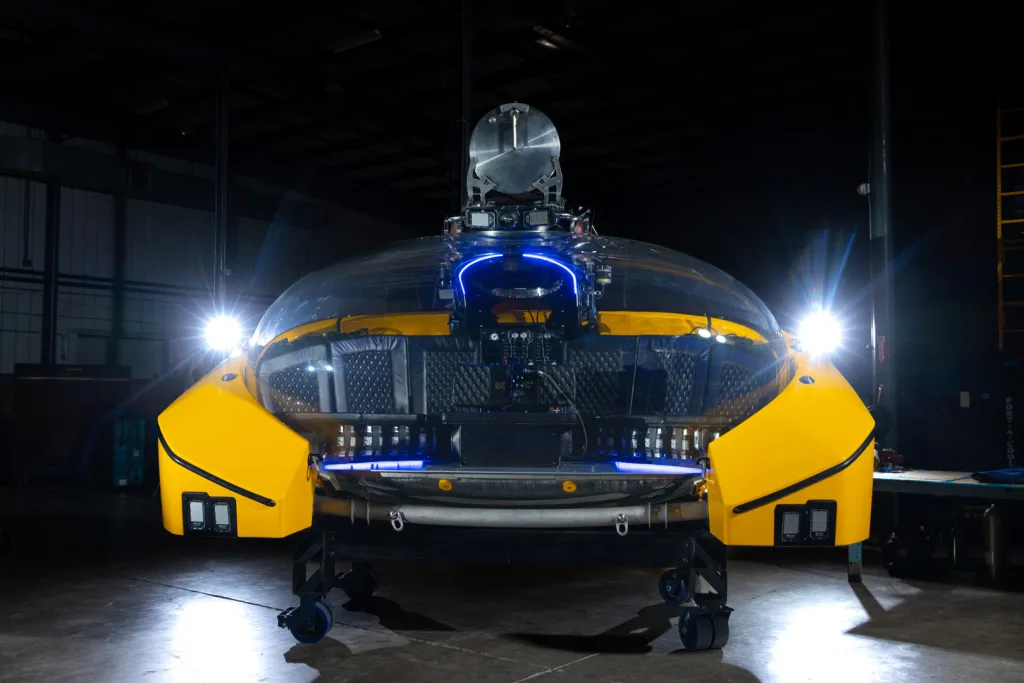
The certification process begins with an in-depth review of the design and engineering of the vehicle, including detailed analysis of all mechanical, electrical, and fluid systems. Then it goes into the selection, analysis, and approval of materials, which are tested by independent laboratories to confirm their chemical and physical properties, as well as critical dimensions and tolerances.
“Pressure and strength testing of assemblies are evaluated and tested by qualified surveyors, and continue through the testing and final certification of the completed vehicle,” Lahey says, adding that the craft has to be recertified throughout its lifetime via regularly scheduled surveys to guarantee its integrity.
All this, combined with its built-to-order manufacturing process, results in the only thing that Lahey seems unhappy about with his new submarine: the price. “I wish that more people had the good fortune to see the ocean from this perspective of a submersible,” he confesses. “But they are still only available to a select few.”
Perhaps in the coming decades, this dynamic will change, he says. In the meantime, we can only hope that more hotels and ships around the world buy more of these oceanic spaceships. I really want a ride in one of these things wearing my beloved red beanie.












